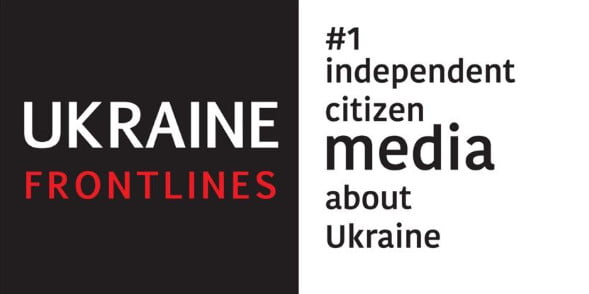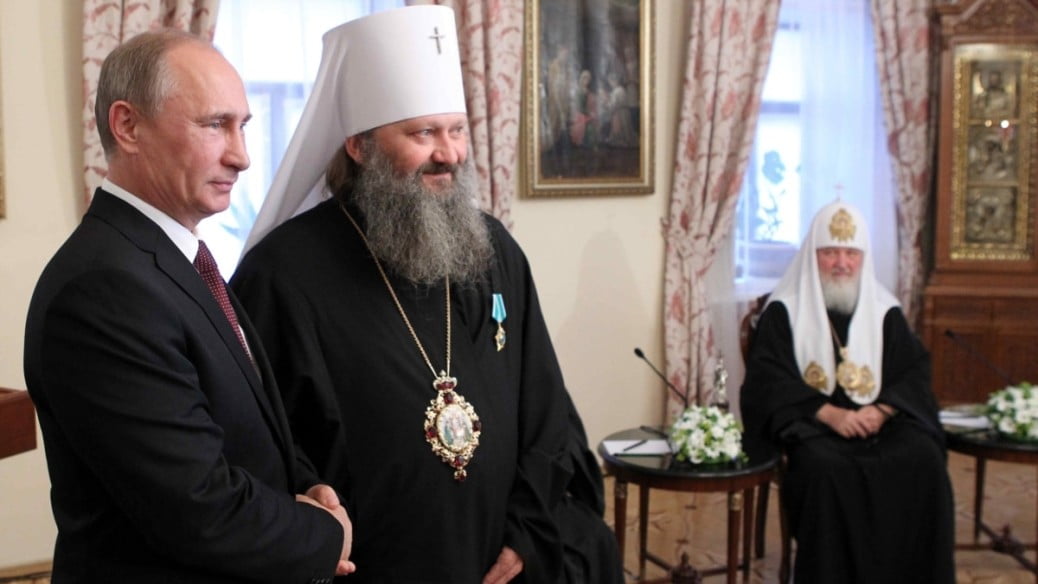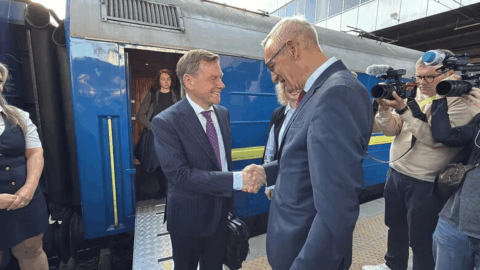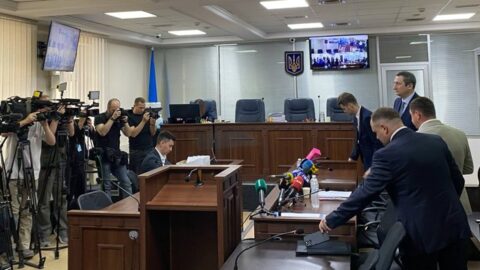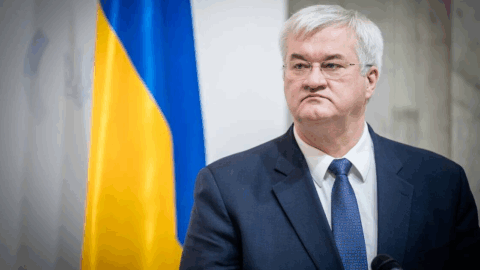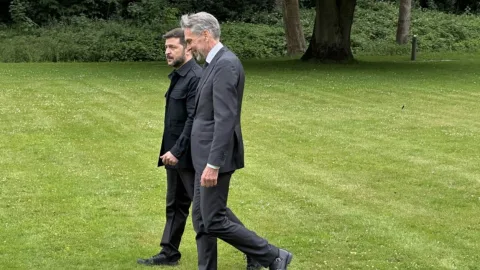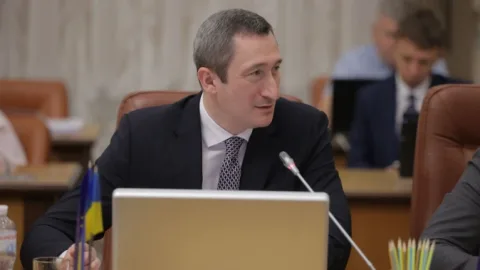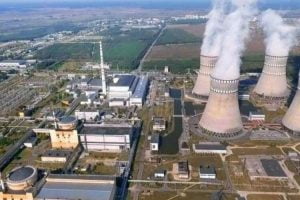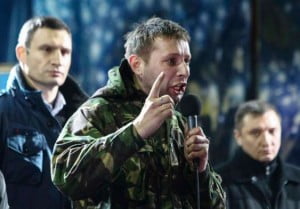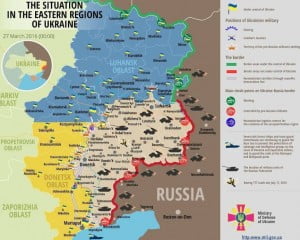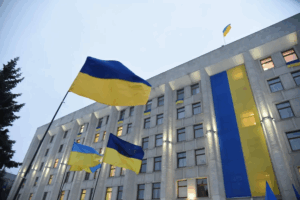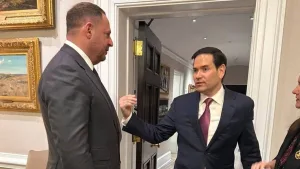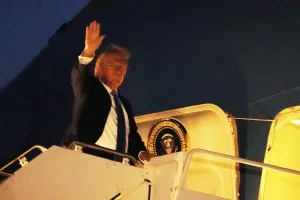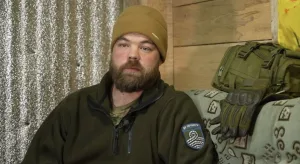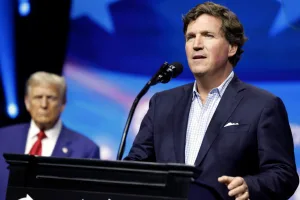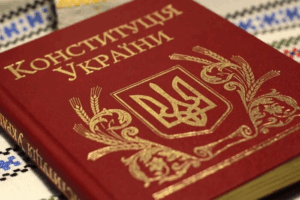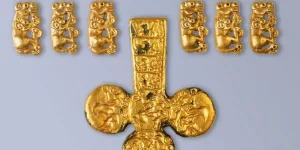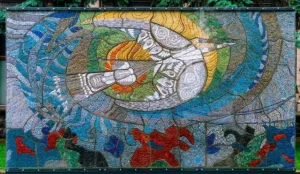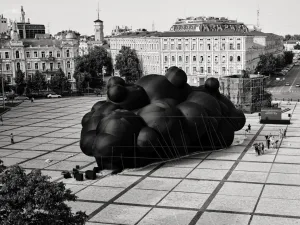There was a lot of news on the recent days, but the most important news in the defense sector, in my opinion, was the “approach to Bankova – withdrawal – posting on the Internet” of the russian church of Ukrainian Orthodox Church of the Moscow Patriarchate (UOC-MP) leadership in Ukraine.
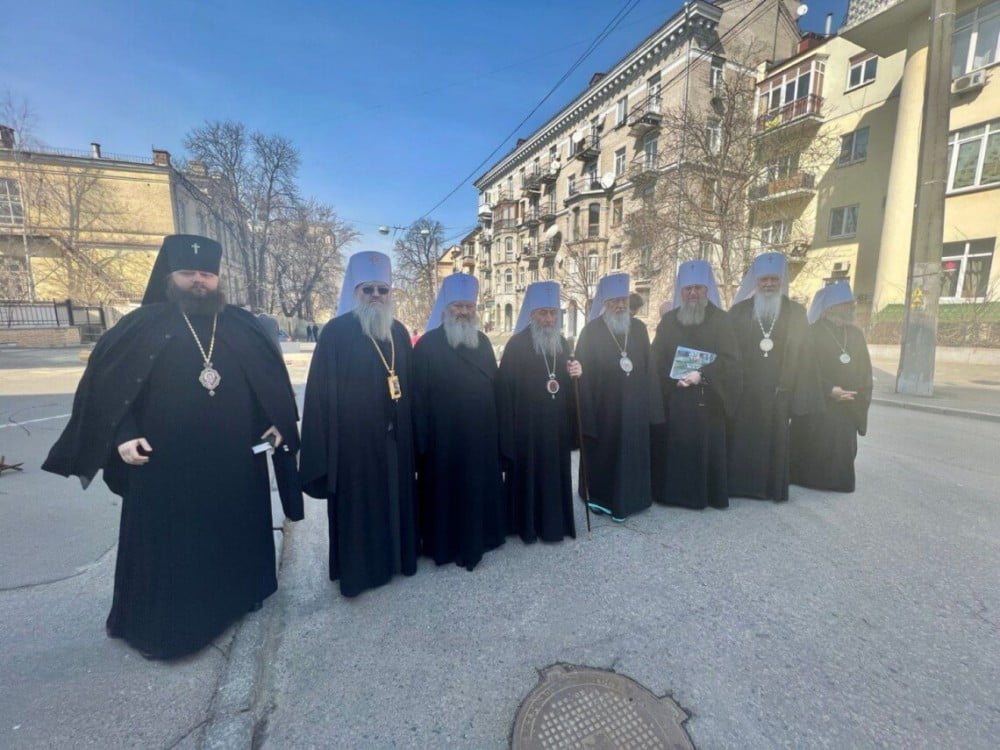
The point is the following.
I’m sure I know how Putin saw the end of the war.
The invader needs some symbolic climax. “Marshal Foch’s wagon.” For Putin, this “wagon” had to include two mandatory elements.
A less important one was Russian troops’ parade on Khreshchatyk. As a symbol of military dominance.
Another, more important, was the solemn liturgy in St. Sophia of Kyiv.
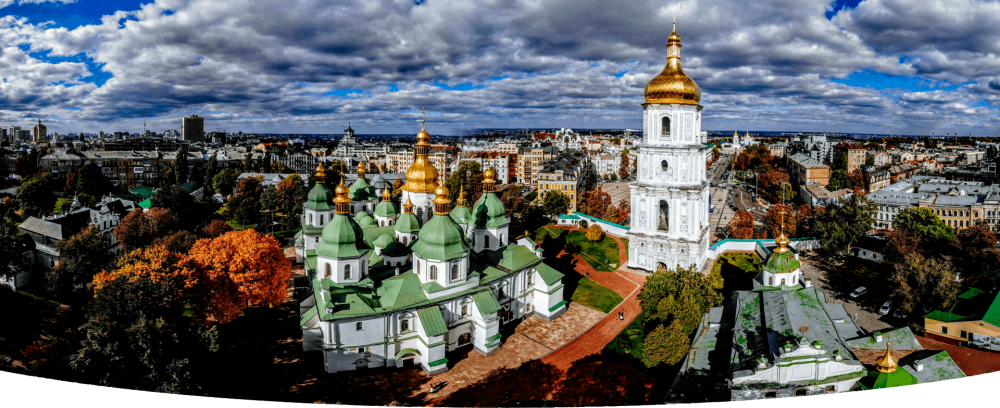
In Sofia, not in Lavra.
Sophia is probably the only object with no analogue in Russia in terms of status. It is both a sacred source and a symbol of power. Old Ladoga and Novgorod can hardly symbolize great power. Greatness comes from Kyiv.
Putin could show: “This is my personal Oranta. This is the family of the legendary prince of Kyiv on the fresco. And a straight line stretches from him to me. A thousand-year history rests directly on me, I am its crown.”
I think a suicidal rush to Kyiv was organized with this intention. They needed physical control over the city. It was not enough for them just to change the government.
But somehow it failed.
The Russian army had its “parade” on Khreshchatyk in August 2022. All the world media wrote about it against the backdrop of Russia’s total silence. It shows of how painful it was for the Kremlin at that time.

Now the focus is on the second part of the symbolic crash.
And there are interesting nuances here.
1. The ROC in Ukraine is a tool that was supposed to provide the second part of the “Foch wagon”.
Many thousands of Ukrainian citizens are still loyal to this denomination. It is a non-passionary segment of the population, but still numerous. For interest, watch a video of recent celebrations in honor of the Venerable Saints of the Kyiv Pechersk Lavra.
This denomination has strongholds not only in the east, but also in the west. People fleeing the war were forced to move to the western regions.
The influence of this tool is gradually decreasing. One of the reasons: this denomination in its mass (there are exceptions) is not with the fighting part of its people, not with its army. People can see that.
My hypothesis is that a significant portion of the ROCU’s faithful will flow to Protestant denominations because they have very effective programs of social support and interaction with the community. The effectiveness of this mechanism has been proven twice by the example of Chernovetsky in the Orthodox capital – Kyiv.
Now support is very important for people, especially for refugees. There will be an outflow not only of the flock (electorate), but also of sponsors.
Thus, there are prerequisites that after the war in Ukraine, the influence of the Kremlin’s believers outreach department will not just diminish dramatically. Ukraine as a country will be Christian, but with a growing Protestant vector. There will be major competition in this area.
Now the head priest of the Russian Orthodox Church, Mr. Gundyaev, is committing absolutely schizophrenic acts. On the one hand, he vehemently denies the connection between the UOC-MP and Moscow. He emphasizes the “independence” of the confession. But concurrently he writes appeals to international bodies just as vehemently, demanding that they influence the Ukrainian government to leave the UOC-MP the opportunity to do what it did before – influence people in the interests of Moscow. In response to the question “why do you care if the UOC-MP is independent?” there’s strained silence.
2. In 2014-16, after the seizure of Crimea, someone in Moscow came up with a genius idea to shift the focus. Russian propaganda began to accentuate (in films, official events, etc.) Chersonesos and the chronicle fact of Volodymyr’s baptism. They say that this is the main thing, the primary source, and the developments in Kyiv are minor facts in the history of Christianity in Rus.
But the story didn’t take off. They failed to replace Kyiv and its importance in the construction of a great power. What remains is “Plan A” – to ensure physical control and “anointing” in the real capital. Putin certainly has not given up his plans to desecrate Sofia with his presence.
But the chances of that are slimming. Apart from military efforts, the Kremlin must do something to preserve the remnants of church influence and the ability to fight for its return to its former size.
3. The following steps on the part of the Russians look logical.
A) Turn the UOC-MP into a “martyr church” in order to mobilize sympathizers and shake Ukraine from within.
The insidious Ukrainian government interferes with this plan, because it does not respond to provocations and does not start repressions. On the contrary, everything is within the law.
Therefore, Russia will certainly try to organize a provocation with casualties. Perhaps on Easter. In one of the three lavras.
B) Reset the UOC-MP leadership.
Metropolitan Onufriy remains in the position of spiritual leader and does not demonstrate the zeal the Kremlin needs to destabilize. He hardly sees himself as the leader of a petty militant sect.
Therefore, the internal struggle may escalate. Overthrowing the primate is risky because Metropolitan Onufriy has authority in the church.
Some of the UOC-MP priests (especially in the regions, at the middle and lower levels) do not perceive the OCU (or do not see their place yet), but are looking for a way to be with their people and condemn Russian aggression. They would be happy with a truly independent UOC.
So it’s going be interesting.
Tags: russia ukraine war